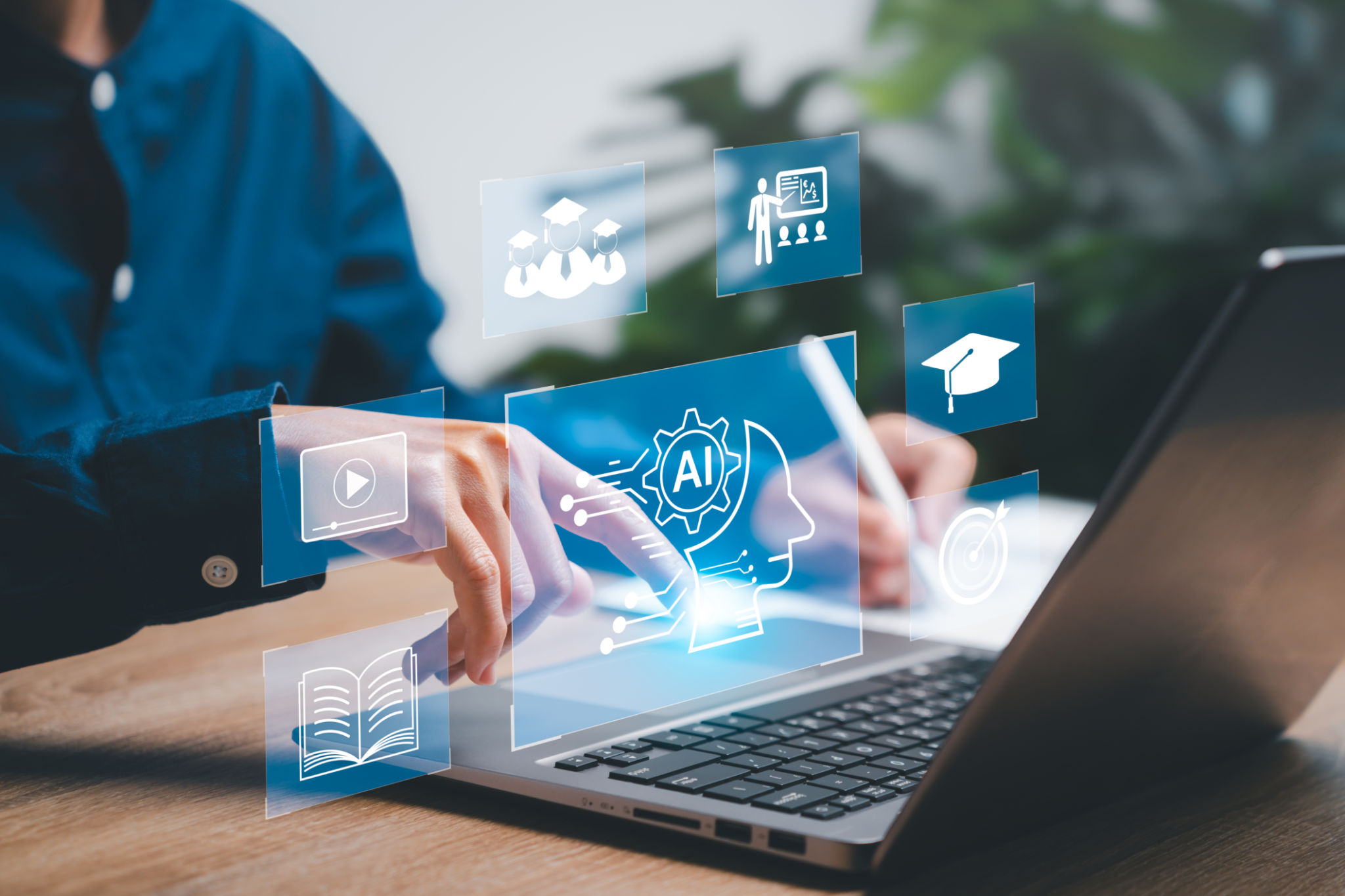The Impact of Seasonal Trends in AI Education: Preparing for the New School Year
Understanding Seasonal Trends in AI Education
As the new school year approaches, the landscape of education is once again set to evolve, particularly in the realm of Artificial Intelligence (AI). Recognizing and adapting to seasonal trends in AI education is crucial for educators, students, and institutions aiming to stay at the forefront of technological innovation. These trends not only influence curriculum design but also impact how students engage with AI learning materials.

Seasonal trends in AI education often align with technological advancements and societal needs. For instance, a surge in interest might be seen around advancements in natural language processing or machine learning due to recent breakthroughs. Understanding these patterns allows educators to tailor their teaching methods and materials to align with current interests and industry demands.
Adapting Curriculum for Current Trends
The curriculum must be dynamic to keep pace with the ever-evolving field of AI. Incorporating the latest developments and applications into lesson plans ensures that students gain relevant and up-to-date knowledge. Educators can leverage online platforms and resources that update content regularly, ensuring that their teaching materials remain relevant throughout the school year.
An effective strategy is to incorporate project-based learning that focuses on real-world applications of AI. This approach not only makes learning more engaging but also prepares students for the practical challenges they will face in their careers. Projects can range from developing simple AI models to analyzing data sets using machine learning algorithms.

Leveraging Technology for Enhanced Learning
With the integration of technology in classrooms, educators have a wealth of tools at their disposal to enhance AI learning. Interactive platforms and virtual labs can simulate complex AI environments, allowing students to experiment and learn through hands-on experience. These tools are especially beneficial in keeping students engaged and motivated.
Moreover, using AI-driven educational tools can personalize learning experiences, catering to individual student needs and learning paces. This personalized approach ensures that students who need additional support receive it, while those who excel can be challenged further. Such customization is particularly important during transitional periods like the start of a new academic year.

Preparing Students for Future Opportunities
The impact of seasonal trends extends beyond immediate educational outcomes, shaping the future opportunities available to students. By aligning educational practices with industry trends, schools can better prepare students for emerging job markets in AI and related fields. This preparation includes not just technical skills but also critical thinking and problem-solving abilities.
Workshops, seminars, and guest lectures by industry professionals can provide students with insights into real-world applications of AI. Additionally, collaborative projects with tech companies or startups can offer valuable experience and networking opportunities, further bridging the gap between education and industry.
Conclusion: Embracing Change in AI Education
As we prepare for a new school year, understanding and adapting to seasonal trends in AI education is essential. By keeping curricula up-to-date, leveraging technology effectively, and preparing students for future opportunities, educators can ensure that they are providing the best possible education. The dynamic nature of AI means that flexibility and adaptability in teaching approaches are key to success.
Ultimately, embracing these changes not only benefits students but also contributes to the broader goal of advancing AI literacy and capability worldwide. As educators and institutions continue to evolve alongside technological advancements, they play a pivotal role in shaping the innovators of tomorrow.